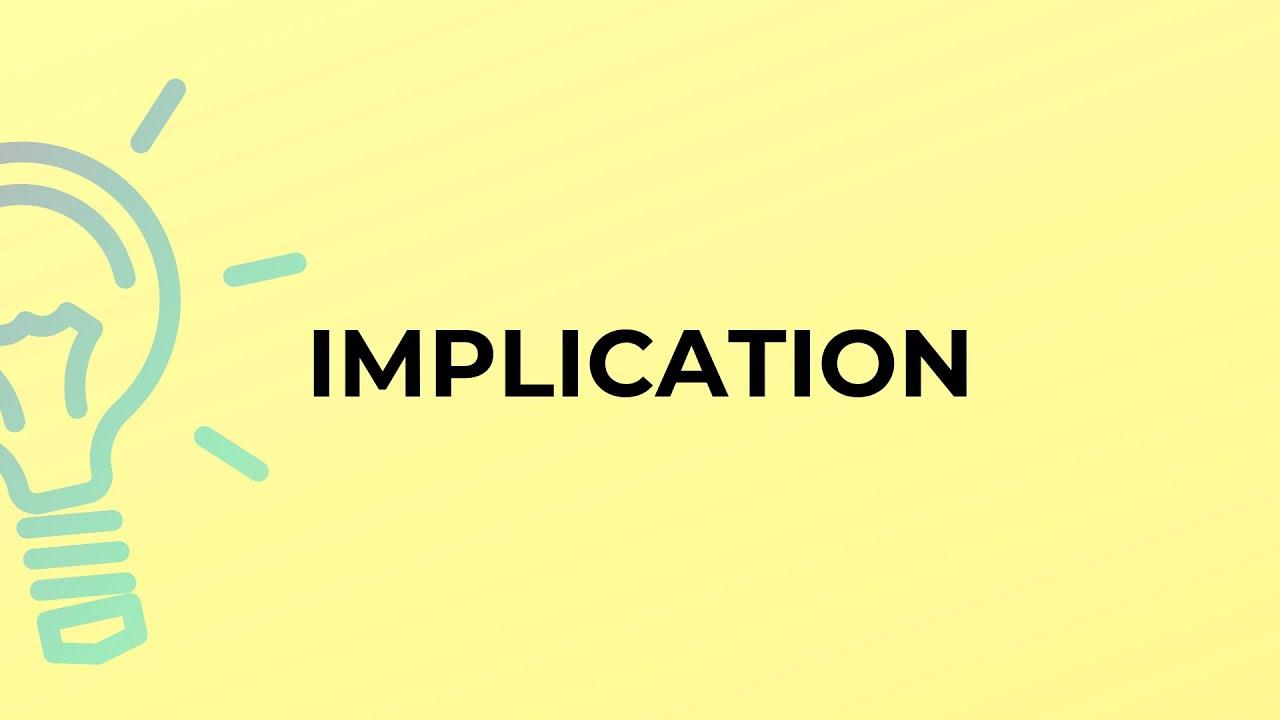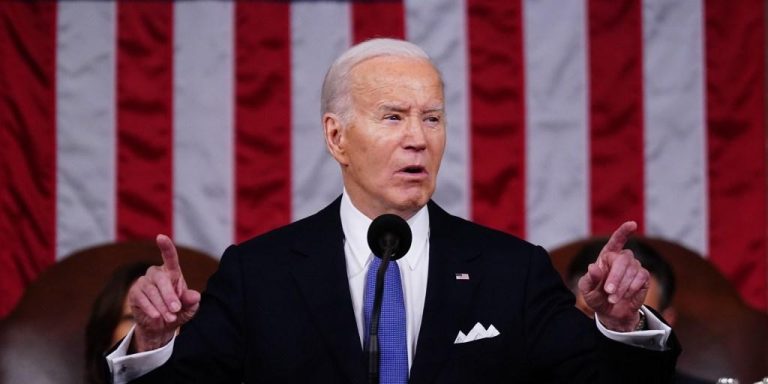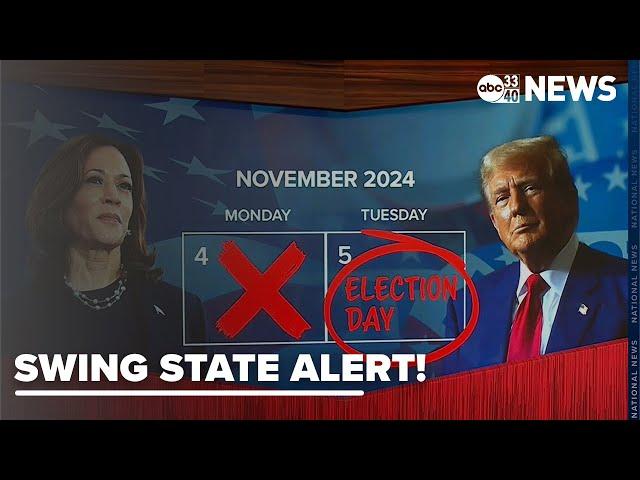
In the annals of American history, only two individuals have ascended to the presidency through the arduous odyssey of nonconsecutive terms. The first, Grover Cleveland, forged his path in an era of political upheaval. Now, over a century later, another enigmatic figure has etched his name into the tapestry of time: Donald Trump. As the second to accomplish this extraordinary feat, his presidency stands as a testament to the ever-evolving landscape of American politics and the enduring allure of the Oval Office.
The Implications of Trumps Non-Consecutive Presidency: A Historical Analysis
Political Firsts and the Electoral College
President Grover Cleveland is the only person to have been elected president in two nonconsecutive terms. After losing his bid for reelection in 1888, Cleveland successfully ran again in 1892.
Trump’s victory in 2016 is a reminder of the power of the Electoral College. Although he lost the popular vote by nearly 3 million votes, Trump won the presidency by winning a majority of the electoral votes. This is not the first time that this has happened. In 2000, George W. Bush won the presidency despite losing the popular vote to Al Gore.
| Presidential Term | Electoral College Vote | Popular Vote |
|—|—|—|
| Grover Cleveland (1885-1889) | 219 | 4,911,017 |
| Grover Cleveland (1893-1897) | 277 | 5,556,918 |
| Donald Trump (2017-2021) | 304 | 62,984,828 |
| Donald Trump (2025- ) |TBD |TBD |
Lessons from the Past: The First Non-Consecutive Presidency and its Impact
The first president to be elected in two nonconsecutive terms was Grover Cleveland. He served from 1885 to 1889 and again from 1893 to 1897. Cleveland was originally elected as a Democrat and his first term was marked by a number of reforms, including the reduction of tariffs and the expansion of the civil service.
Like Trump many years later, Cleveland lost his bid for re-election in 1888 to Republican Benjamin Harrison. After Harrison’s term, Cleveland ran for presidency again and won. His second term was marked by economic depression and labor unrest, culminating in the Pullman Strike of 1894. Cleveland’s handling of the strike was widely criticized, and he remains a controversial figure in American history.
Table: Grover Cleveland’s Two Terms
| Term | Election | Events |
|—|—|—|
| 1885-1889 | Defeated Republican James G. Blaine | Reduced tariffs, expanded civil service |
| 1893-1897 | Defeated Republican Benjamin Harrison | Economic depression, Pullman Strike |
Recommendations for the Future: Ensuring Stability and Continuity in the Executive Branch
To maintain stability and continuity in the executive branch, several important recommendations should be considered:
- Establish clear guidelines for presidential transitions: The current system for presidential transitions lacks clear legal mandates and established procedures. Legislation should be enacted to create a comprehensive framework for transitions, including timelines for the handover of power, protocols for the transfer of classified information, and provisions for the preservation of presidential records.
- Reform the Electoral College: The Electoral College system, which awards the presidency to the candidate who wins the majority of electoral votes rather than popular votes, can lead to distortions in the electoral process and undermine the principle of equal representation. Constitutional amendments or state-level legislation could be pursued to reform the system and ensure that the president is elected by the popular vote.
Wrapping Up
And so, Donald Trump joins Grover Cleveland in the annals of American history as the second president to return to the White House after a nonconsecutive term. While their paths to the presidency may have been vastly different, both men left an indelible mark on the nation. Cleveland’s presidency saw the rise of the Progressive Era, while Trump’s tenure ushered in an era of political and social upheaval. As we reflect on these two presidencies, may we learn from their triumphs and missteps and strive to build a more perfect union for all.



